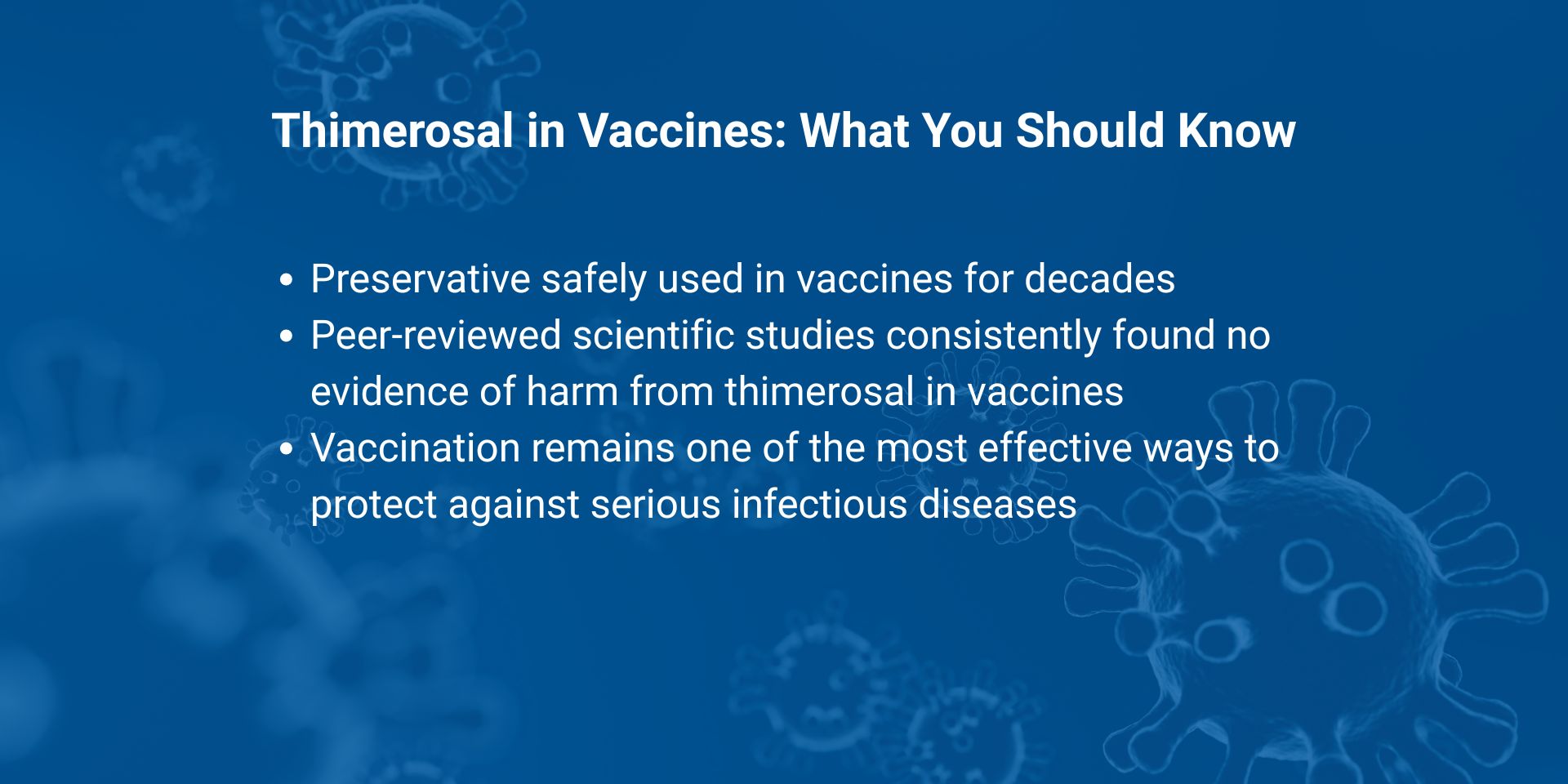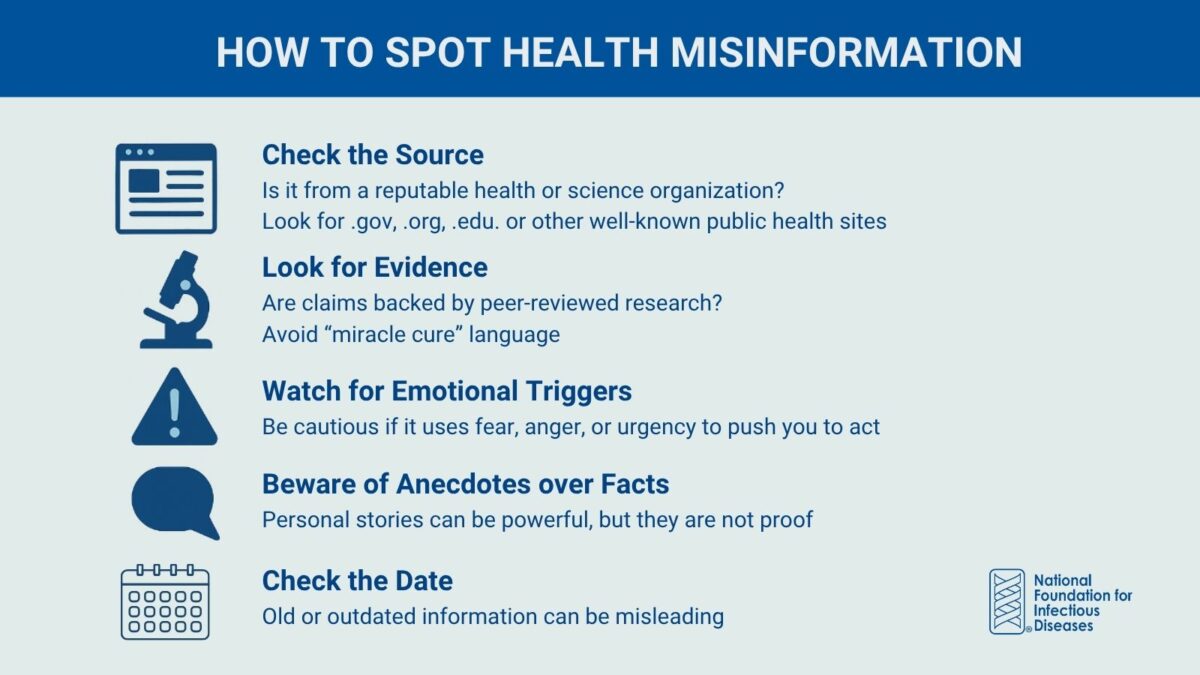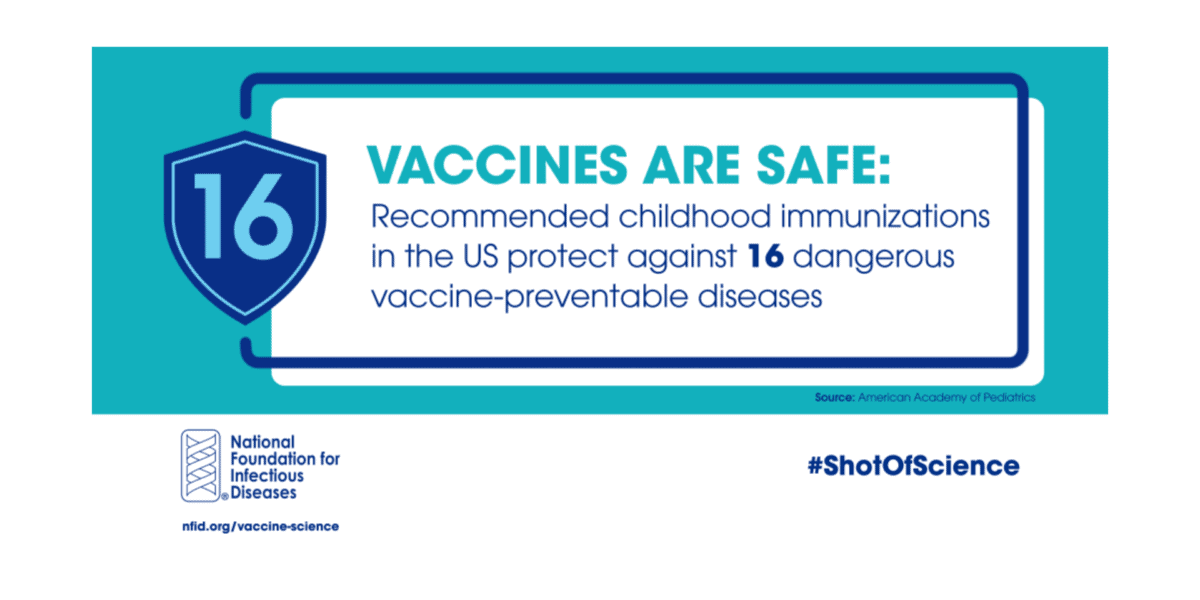
Key Points:
- Thimerosal is a mercury-based preservative that has been used safely in vaccines for decades to prevent microbial growth
- It has been removed or reduced to trace amounts in all routine childhood vaccines in the US, except for some multi-dose flu vaccines
- Peer-reviewed scientific studies have consistently found no evidence of harm from thimerosal in vaccines
- Vaccination remains one of the most effective ways to protect against serious infectious diseases
What is Thimerosal?
Thimerosal is a compound that contains a form of mercury known as ethylmercury. It has been used since the 1930s to prevent bacterial and fungal contamination in vaccines, particularly in multi-dose vials. Importantly, ethylmercury is different from methylmercury, the type of mercury found in certain fish, which can accumulate in the body and potentially cause harm at high levels. Ethylmercury is broken down and cleared from the body much more quickly than methylmercury, making it less likely to build up and cause health problems.
Is Thimerosal Still Used in Vaccines?
In the US, thimerosal has been removed or reduced to trace amounts in all routinely recommended childhood vaccines—with the exception of some multi-dose vials of influenza (flu) vaccine. This change began in 1999 as a precautionary measure, not because thimerosal was proven to be unsafe. At that time, federal public health agencies and vaccine manufacturers agreed to remove or reduce thimerosal in childhood vaccines to minimize overall exposure to mercury during early development.
Is Thimerosal Safe?
Multiple well-conducted scientific studies have found no evidence that thimerosal in vaccines causes harm, except for minor reactions like redness or swelling at the injection site. Notably, extensive research has found no link between thimerosal-containing vaccines and autism. Major scientific and public health organizations—including the US Food and Drug Administration (FDA), Centers for Disease Control and Prevention (CDC), and World Health Organization (WHO)—continue to support the safety of vaccines that contain thimerosal.
Why is Thimerosal Still Used in Some Flu Vaccines?
Thimerosal is used in multi-dose vials of flu vaccine to prevent contamination that could occur each time a dose is drawn from the vial. However, single-dose, thimerosal-free flu vaccines are also widely available.
The virtually non-existent risks of thimerosal in flu vaccines pale in comparison to the real risks posed by flu each year in the US. If you are concerned, talk with a trusted healthcare professional about which flu vaccine option is right for you and your family. NFID encourages everyone to stay informed and stay protected.
Updated June 2025
Sources: Centers for Disease Control and Prevention, Food and Drug Administration
Related Resources

How To Spot Health Misinformation
Health misinformation can spread quickly and cause real harm. This NFID resource highlights simple, practical tips to help you identify unreliable health information …

